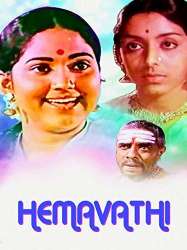Ganapathi Venkatrama Iyer est un Acteur, Réalisateur, Scénariste et Producteur Indien né le 3 septembre 1917 à Nanjangud (Inde)

Ganapathi Venkataramana Iyer (3 September 1917 – 21 December 2003), popularly known as G. V. Iyer, was a well-known Indian film director and actor. His mother tongue is Tamil. He was nicknamed "Kannada Bheeshma", and was the only person who made movies in Sanskrit. His movie Adi Shankaracharya (1983) won four National Film Award, including Best Film, Best Screenplay, Best Cinematography and Best Audiography. His films were well known for their spiritual themes. He was born in 1917 in Nanjanagud in Mysore district of Karnataka state in South India. His most critically acclaimed film was Bhagavad Gita (1993), which won the National Film Award for Best Feature Film and was nominated for Best Film at the Bogotá Film Festival.
Source : Wikidata
Ganapathi Venkatrama Iyer

- Infos
- Photos
- Meilleurs films
- Famille
- Personnages
- Récompenses
Nationalité Inde
Naissance 3 septembre 1917 à Nanjangud (Inde)
Mort 21 décembre 2003 (à 86 ans) à Bombay (Inde)
Récompenses Filmfare Awards South
Naissance 3 septembre 1917 à Nanjangud (Inde)
Mort 21 décembre 2003 (à 86 ans) à Bombay (Inde)
Récompenses Filmfare Awards South
Le plus souvent avec
Filmographie de Ganapathi Venkatrama Iyer (31 films)
Acteur
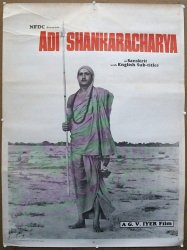
Adi Shankaracharya (1983)
, 2h16Réalisé par Ganapathi Venkatrama Iyer
Genres Drame, Biographie, Historique
Thèmes Religion
Acteurs Sarvadaman D. Banerjee, Bharat Bhushan, Ganapathi Venkatrama Iyer, T. S. Nagabharana, Sanakaran Gopalakrishnan, S. P. Balasubrahmanyam
Rôle Veda Vyasa.
Note77%





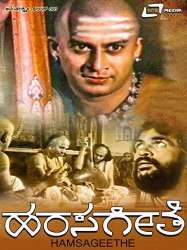
Hamse Geethe (1975)
, 2h30Réalisé par Ganapathi Venkatrama Iyer
Acteurs Anant Nag, Ganapathi Venkatrama Iyer
Note71%





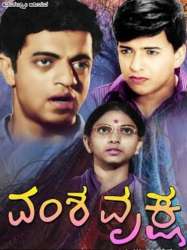
Vamsha Vriksha (1971)
, 2h46Réalisé par Girish Karnad
Acteurs Girish Karnad, Ganapathi Venkatrama Iyer, Uma Shivakumar, Vishnuvardhan
Note79%





The story starts in 1924 with Kathyayani, widow of Nanjunda Shrothri, who lives with her in-laws Shrinivasa Shrothri and Bhagirathamma and their servant, Lakshmi, in Nanjangud. After the loss of her husband, Kathyayani did not take to a widow’s garb as her mother-in-law wished because her father-in-law thought it would be too much for the young woman to bear. Shrothri, a scholar in Indian philosophy and the shastras, is occasionally visited by priests and professors for his opinion on an intricate problem in the scriptures. In one such event, Sadashiva Rao, a college lecturer in Mysore, visits Shrothri to discuss some matters of Indian philosophy. Listening to the two men talk, Kathyayani’s thoughts turn to college. Despite a little protest from Bhagirathamma, Shrothri encourages his daughter-in-law to pursue her BA degree, which Nanjunda had been studying for before he had drowned in the nearby Kapila river. At the university, she meets the brother of Sadashiva Rao, Raja Rao, professor of Shakespearean drama and organiser of the Dramatics Club, with whom she falls in love.

Jagajyothi Basveshwara (1959)
, 2h40Acteurs Honnappa Bhagavathar, Rajkumar, K. S. Ashwath, B. Saroja Devi, T. R. Narasimharaju, T. N. Balakrishna
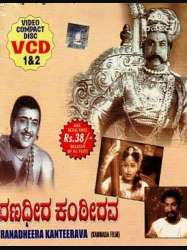
Ranadheera Kanteerava (1959)
, 2h21Genres Biographie
Acteurs Rajkumar, Leelavathi, K. S. Ashwath, Sandhya Shantaram, Udaykumar, T. N. Balakrishna
Note77%






Rani Honnamma (1959)
, 2h17Genres Biographie
Acteurs Rajkumar, Leelavathi, T. R. Narasimharaju, B. Jayashree, T. N. Balakrishna, Ganapathi Venkatrama Iyer
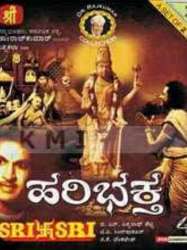
Hari Bhakta (1956)
, 2h28Acteurs Rajkumar, Pandari Bai, Mynavathi, T. R. Narasimharaju, Ganapathi Venkatrama Iyer
Note22%






Bettada Kalla (1956)
Acteurs Kalyan Kumar, Mynavathi, Udaykumar, R. Nagendra Rao, Ganapathi Venkatrama Iyer, Revathi
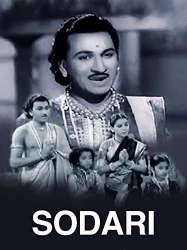
Sodari (1955)
, 2h16Acteurs Pandari Bai, Rajkumar, T. R. Narasimharaju, Ganapathi Venkatrama Iyer
Rôle Sarvaantaryami
Note22%





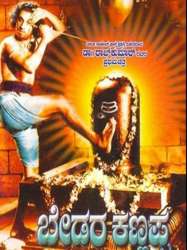
Bedara Kannappa (1954)
, 2h45Acteurs Rajkumar, Pandari Bai, T. R. Narasimharaju, Ganapathi Venkatrama Iyer, Rajasulochana
Note81%






Radha Ramana (1942)
, 3h5Acteurs B. R. Panthulu, M. V. Rajamma, Ganapathi Venkatrama Iyer, T. N. Balakrishna
Réalisateur

Swami Vivekananda (1998)
Réalisé par Ganapathi Venkatrama Iyer
Origine Inde
Genres Drame, Biographie
Thèmes Religion
Acteurs Mithun Chakraborty, Sarvadaman D. Banerjee, Pradeep Kumar, Shammi Kapoor, Shashi Kapoor, Mammootty
Note70%





Le film présente principalement les événements de la vie de Vivekananda de sa naissance à 1897, quand il retourne en Inde de l'Ouest. Le film commence avec la naissance de Narendranath Datta (nom pré-monastique de Swami Vivekananda) et montre l'entourage de la famille Datta célébrant l'événement. Puis, vient la scène où Narendranath voit son père Vishwanath Datta donner de l'argent, des vêtements et de la nourriture à des personnes pauvres et en détresse. Voyant cela, le jeune Narendranath demande à son père de lui donner aussi quelque chose et son père lui demande d'aller regarder dans le miroir et de trouver ce qu'il lui avait déjà donné. Suivant la suggestion de son père, Narendranath se rend dans la pièce et voit sa propre image.
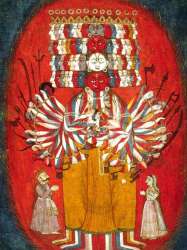
Bhagwat Gita (1993)
Réalisé par Ganapathi Venkatrama Iyer
Genres Drame, Historique
Thèmes Mythologie, Religion
Acteurs Neena Gupta
Note80%





 Connexion
Connexion



